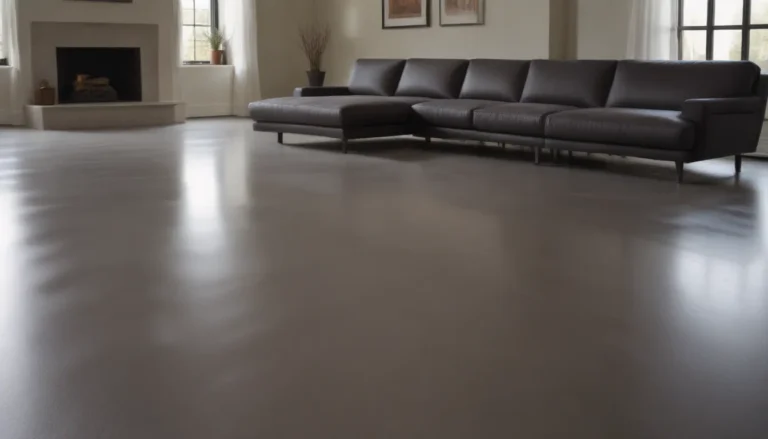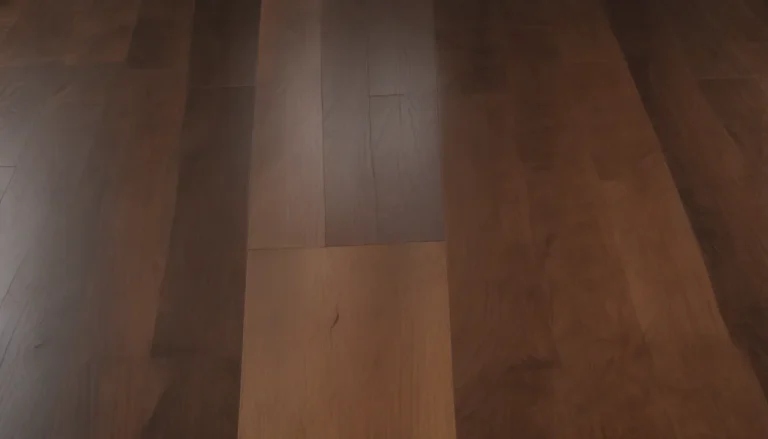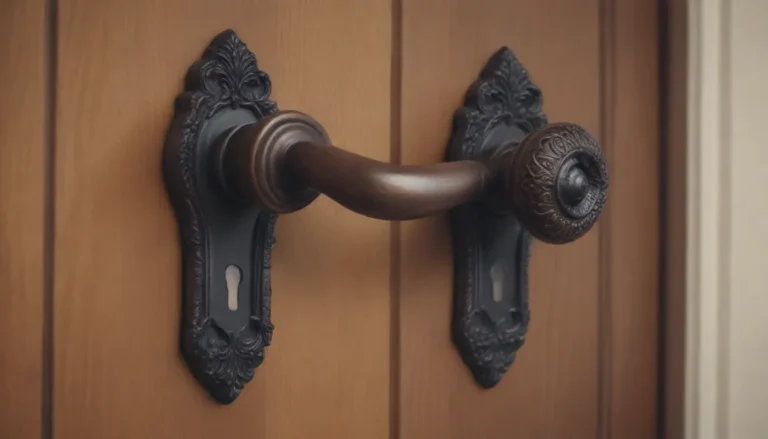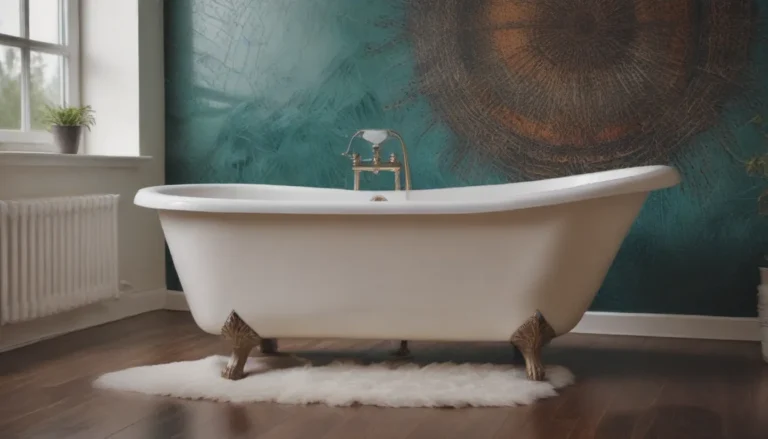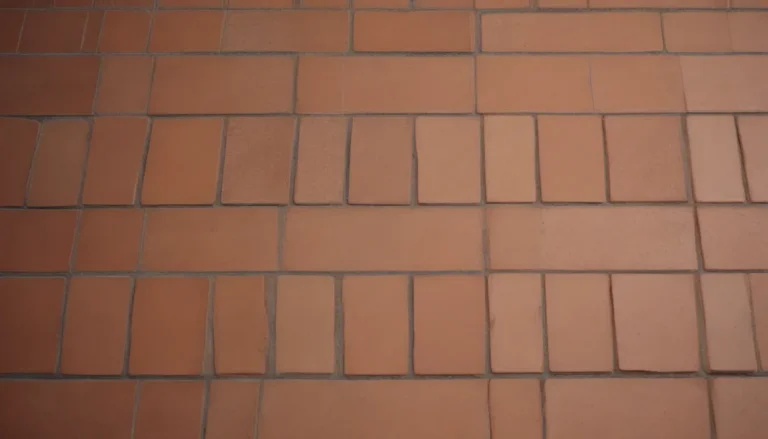Everything You Need to Know About House Eaves and Roof Eaves
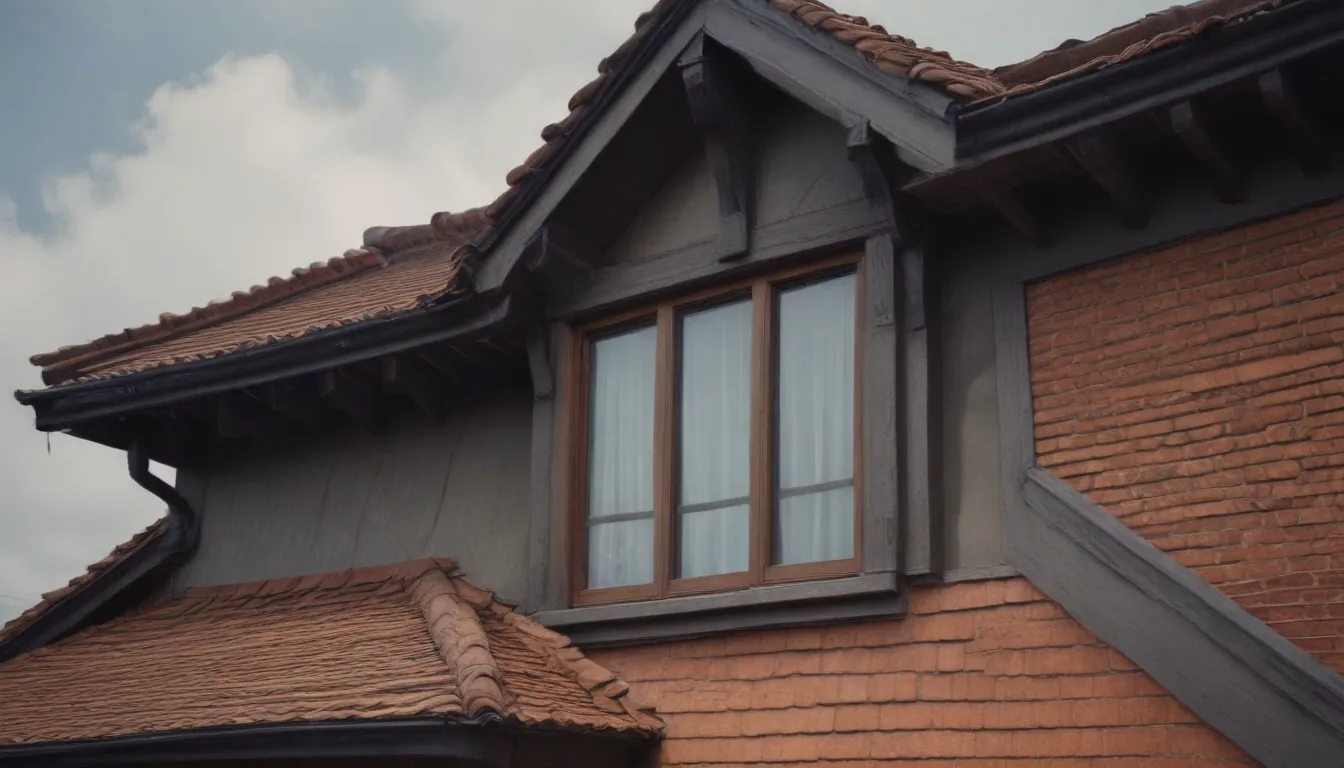
When it comes to the design and functionality of your home, roof eaves play a crucial role. These overhangs not only add visual appeal but also serve to protect your home from the elements. Whether you’re a homeowner looking to understand more about eaves or a design enthusiast curious about their history, this comprehensive guide will give you all the information you need.
Understanding Eaves: What Are They?
Eaves are the portions of the roof that overhang the exterior siding of your home. They provide a crucial line of defense against rain, snow, and ice, helping to keep your home safe and dry. In addition to their practical function, eaves also contribute to the overall aesthetic of a home by shaping its silhouette and offering space for decorative elements like soffit, fascia, and corbels.
The History and Purpose of Eaves
The use of eaves dates back to ancient times, with civilizations like the Greeks incorporating wide overhangs to protect their vulnerable construction materials from water damage. Today, eaves continue to serve as a key design element, defining the style of a home while safeguarding its siding and foundation. In addition to their protective function, eaves can also provide shade to interior spaces, making them particularly valuable in warmer climates.
Different Types of Eaves
Roof eaves come in various shapes and sizes, each contributing to the overall look of a home. From closed eaves to exposed rafter eaves, the type of eave you choose can significantly impact the aesthetic appeal of your property. Certain architectural styles are known for their unique eave designs, such as the box eave commonly seen in Craftsman homes.
Eaves vs. Fascia and Soffit
It’s easy to confuse eaves with fascia and soffit, as they all play a role in the same area of a home’s architecture. Whereas eaves refer to the overhang itself, soffit is the horizontal finish material installed beneath the eave to cover the underside. Fascia, on the other hand, is the vertical finish material that covers the ends of the rafters, protecting them from pests and serving as a mounting point for gutters.
Pros and Cons of Eaves
Like any architectural feature, eaves come with both benefits and drawbacks. On the plus side, eaves create shade, divert water away from the home, and provide a convenient spot for mounting lights and cameras. However, they can also attract pests and add to the cost of finishing materials during construction or renovation. Additionally, homes with eaves may be more vulnerable to wind damage.
Dealing with the Downsides of Roof Eaves
While eaves offer significant advantages, they can also be a magnet for pests like birds, insects, and mammals looking to build nests. To keep your eaves pest-free, it’s essential to maintain them regularly and plug any holes that could serve as entry points. Products like Bird B Gone can help deter unwanted visitors, but proactive maintenance is key to preventing infestations.
Here are a few more tips to help you keep your eaves clear and pest-free:
- Regularly clean and inspect your eaves during annual maintenance routines.
- Ensure that ventilation holes in soffits are properly sealed to prevent pests from entering.
- Consider using repellents or spikes to deter birds and other animals from nesting in your eaves.
By staying on top of maintenance tasks and taking proactive measures, you can enjoy the benefits of eaves without worrying about unwanted visitors setting up camp on your roof.
In conclusion, eaves play an essential role in the design and functionality of your home. Understanding their history, purpose, and different types can help you make informed decisions about your property’s architecture. Whether you’re looking to enhance your home’s aesthetic appeal or protect it from the elements, eaves are an integral part of any building’s design.
So, next time you look up at your roof, take a moment to appreciate the humble eave and all that it does to keep your home safe and beautiful.
